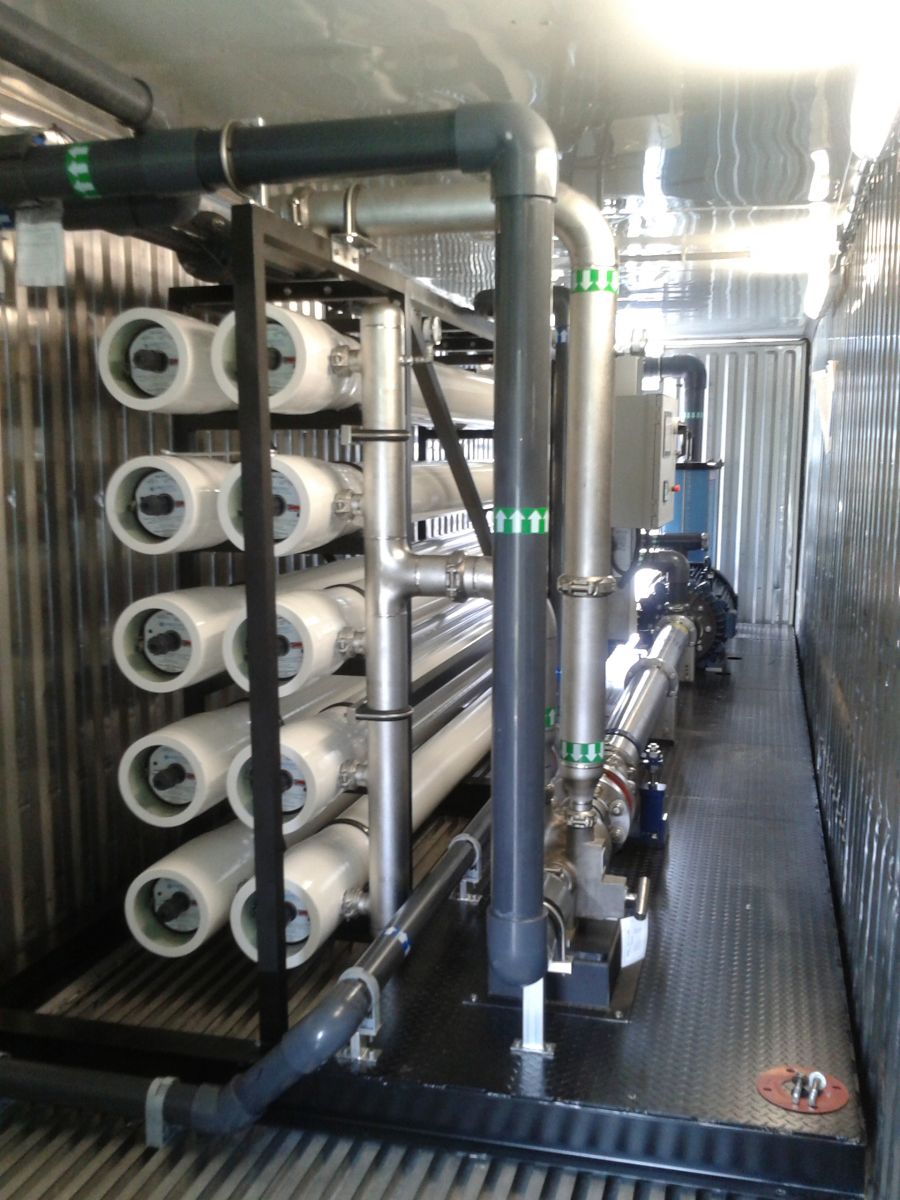Catching Waves: A breakthrough in wind power generation
 Power derived from wind has long been considered a worthy source of energy. Early turbines date back to as far as 200 BC, with the first electricity generating wind turbine designed in 1887 as a battery-charging machine.
Power derived from wind has long been considered a worthy source of energy. Early turbines date back to as far as 200 BC, with the first electricity generating wind turbine designed in 1887 as a battery-charging machine.
Today, wind power is considered one of the fastest growing sources of new electricity, globally. There are over 150,000 wind turbines operating around the world in over 90 countries. Although wind power is clearly a growing industry with history, it’s not without its challenges and it’s still considered immature by many in the energy sector.
Abundant, renewable, clean, and cost-effective, wind energy has many advantages. It’s actually one of the lowest-priced renewable energy technologies available today, costing between four and six cents per kilowatt-hour, depending upon the wind resource or project (www.energy.gov). However, wind energy must contend with conventional sources of power generation on a cost basis to be truly competitive. Wind is also intermittent, and good project sites are often located in remote locations, away from the urban centers that require the most power.
As a result, energy storage and transmission have been two of the primary issues facing modern wind farms. From better batteries to new transmission lines, ongoing efforts have been made to ensure any of the energy harnessed from the wind is properly maintained and supplied when feasible.
One new, groundbreaking technology is emerging, however, that could overcome some of the inherent disadvantages facing wind power. And, it involves water.
Wind + water
The concept of combining wind and water materialized on a large scale in Australia. By using wind turbines to convert saltwater to fresh water instead of just for electrical use, Australia has been able to smooth the peaks and troughs that are characteristic of the wind. Instead of storing excess energy in batteries, plant operators store it in fresh water. When the turbines aren’t spinning, Australia can draw on this water to provide a consistent supply to homes and businesses.
A wind farm consisting of 48 turbines in Perth routinely converts salt water into fresh water, generating as much as 40 million gallons of drinking water each day. In Sydney, another 63 turbines power the desalination process, accounting for 15% of the city’s water supply.
This model becomes increasingly significant as the world faces greater water shortages. Climate change, combined with increasing populations, is putting mounting pressure on existing water supplies worldwide. According to the United Nations, 85% of the world population lives in the driest half of the planet. Not surprisingly, many countries are looking for new sources of fresh water.
One of the most popular alternatives is to derive fresh water from the ocean. And now, perhaps one of the most renewable ways of generating clean water is via the wind.
Wind-powered desalination
The country of Cape Verde, a small archipelago off the western coast of Africa, is just one of the countries under immense pressure due to few natural resources, scant rainfall, and limited fresh water supplies. The lack of water has stunted growth and resulted in massive emigration (today, more Cape Verdeans actually live outside the country that in it). Additionally, the islands have one of the lowest underground water resources in sub-Saharan Africa, after Djibouti.
As one of the only ways to access fresh water, the country has turned to desalination plants for 88% of its water supply. These plants are powered almost entirely by a series of small and inefficient diesel generators. It’s been well documented that diesel exhaust contains various environmental pollutants and toxic air contaminants, including many known or suspected cancer-causing substances.
Using wind power, instead of diesel, for the desalination process would eliminate a dependency on fossil fuels. Placing the environmental benefits aside, it also lowers the cost of water from $3 per cubic meter to $1.6. This would essentially allow the country to develop its own agriculture base, and to redirect the money that previously went to fossil fuels to other needs.
Today, the renewable energy market is still nascent on the archipelago. Even though Cape Verde has exceptional wind energy potential, currently only three percent of power generation comes from wind power.
Combining wind with water is quite promising, however, and has received support from the local government and international entities. The government of Cape Verde has recently adopted an aggressive plan that calls for generating at least 50% of the nation’s energy from renewable sources by 2020.
The German government has raised the challenge to 100%, pledging to help finance the transition. Furthermore, during the 5th Tokyo International Conference for African Development (TICAD-V), held in June 2013, the Japanese Prime Minister Shinzo Abe expressed interest in investing as much as $160 million for water desalination in Cape Verde. With the support of Japan, a full conversion wind-powered desalination in Cape Verde is not out of the question.
Cape Verde is not the only country where potential for the wind and water concept is high. With 1.1 billion people lacking access to clean, affordable water, and a demand expected to increase five times by 2050, pundits are calling water “the next oil.”
Partnering wind turbines with water desalination plants is certainly one feasible solution to respond to the 21st century water crisis.
Izumi Matsumoto is a masters in Public Administration candidate at the Harvard Kennedy School. He researches renewable energy innovations and policy. Chrissie Long, a freelance journalist, who is also pursuing a Masters in Public Policy at the Harvard Kennedy School, contributed to this report.
They have done work in collaboration with Wind4Water, a social enterprise pioneering the wind-powered desalination process, which is working in collaboration with Cape Verde to put several systems online.
Wind4Water
www.wind4water.com
Author: Izumi Matsumoto & Chrissie Long
Volume: January/February 2014








